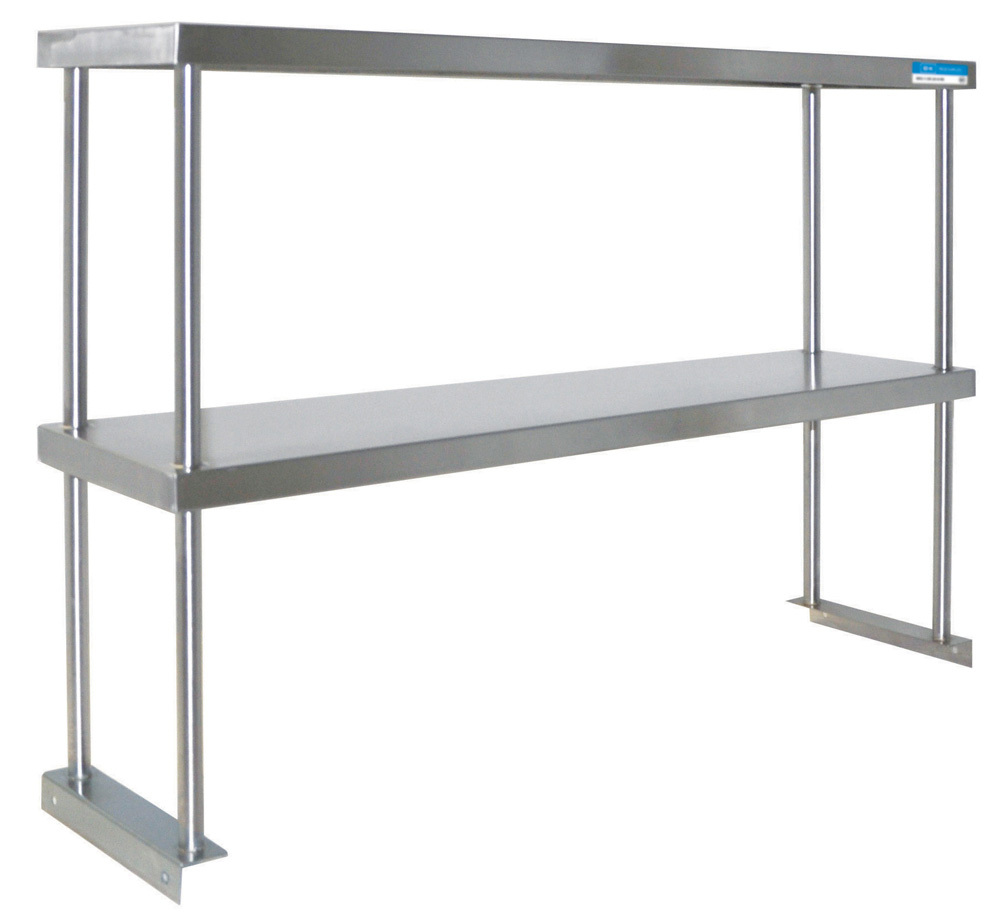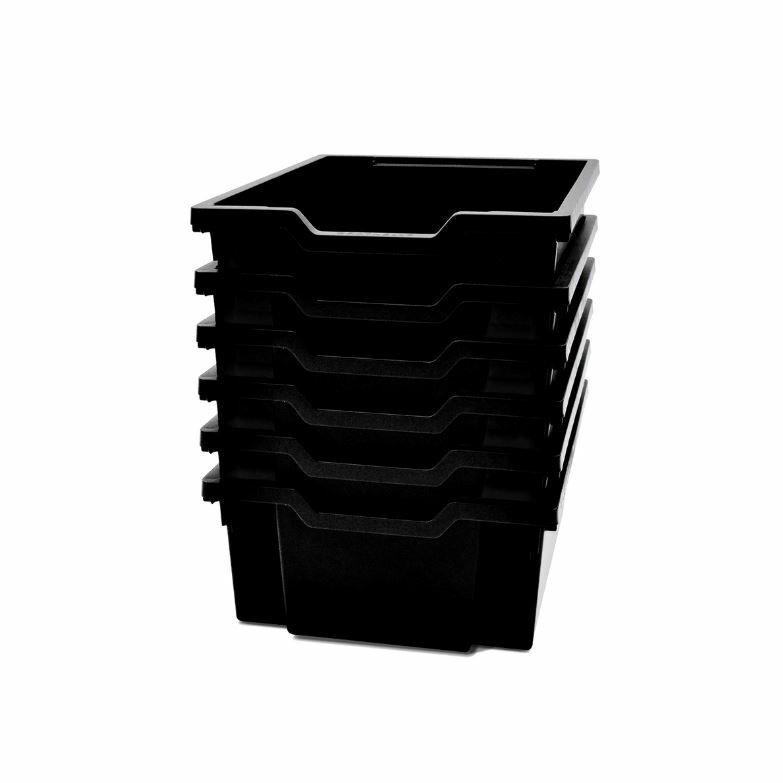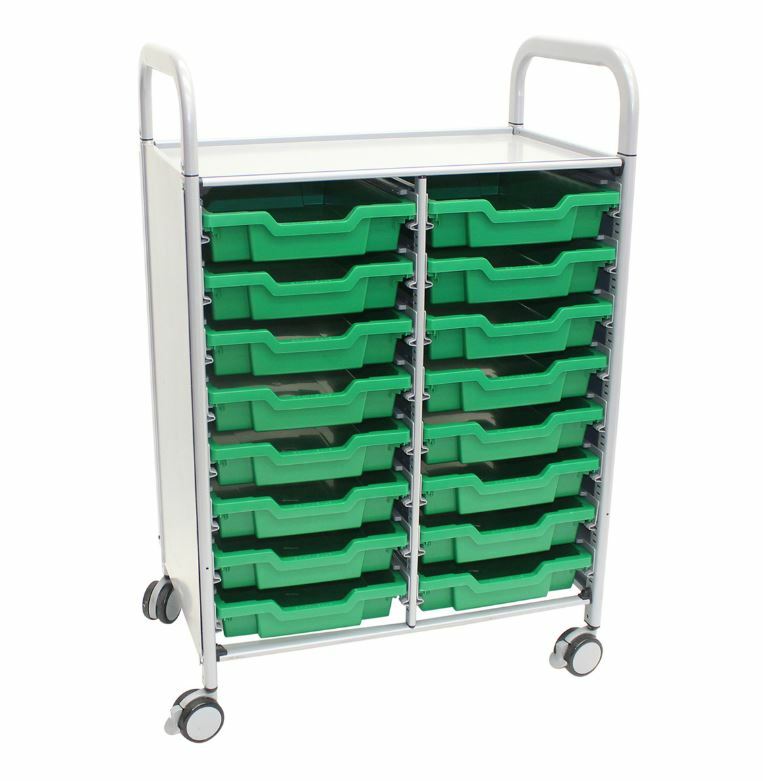Need help? Click here or chat below, call us at 833-201-8186, or email help@shifflerequip.com
Storage
Safety and Classroom Storage
What is classroom storage?
Classroom storage refers to the various types of furniture and equipment used to store and organize classroom materials, such as books, papers, and classroom supplies. This can include things like classroom storage cabinets, bookcases, shelving units, hideaway storage, file cabinets, and storage carts.
Why is classroom storage important?
Classroom storage is important for keeping the classroom organized and clutter-free. It allows students and teachers to easily find and access the materials they need, and it helps to create a more conducive learning environment.
What are the different types of classroom storage?
There are many different types of classroom storage, including:
- Bookcases and shelving units for storing books, folders and files
- File cabinets for storing important documents and papers
- Storage carts for storing and transporting classroom materials
- Storage boxes, bins and trays for small items
- Lockers and cubbies for storing personal items, such as a cubby storage cabinet
How do I choose the right classroom storage for my school?
When choosing classroom storage for your school, consider factors such as size, design, and durability. It's also important to choose storage that is appropriate for the age of your students, and that meets any relevant safety standards. Consider also the amount of storage you need, depending on the size of the classroom and its intended use.
How do I maintain and care for classroom storage?
To maintain and care for classroom storage, regular cleaning and inspection are necessary. Clean the furniture regularly with a mild soap and water and wipe down with a dry cloth. Check for any signs of wear or damage, and make repairs as needed.
Is classroom storage expensive?
The cost of classroom storage can vary depending on factors such as materials, design, and size. Some options may be more expensive than others, but it's possible to find high-quality and durable classroom storage at a reasonable cost. Additionally, you can also purchase second-hand or used options, which can also be a cost-effective solution.
Where can I buy classroom storage?
You have come to the right place! Shiffler Equipment sells all types of classroom storage from top brands such as Republic storage systems and ASI storage solutions.
How do I organize classroom storage?
There are many ways to organize classroom storage, and the best method for you will depend on the type and amount of materials you need to store. However, some general tips to help you get started include: Assign specific areas for different types of materials, such as books, papers, and supplies Use labels to clearly identify the contents of each storage area Make use of vertical space with shelves, hooks, and wall organizers Keep frequently used items easily accessible, while less frequently used items can be stored in less accessible areas Encourage students to take responsibility for keeping their own materials organized
How can I make classroom storage more accessible to students with disabilities?
To make classroom storage more accessible to students with disabilities, consider the following: Provide a variety of storage options at different heights and within easy reach Use clear, labeled storage containers to make it easy for students to identify and locate the materials they need Provide accessible storage carts and trays that can be easily moved around the classroom Consider using braille labels or raised text labels to make storage containers more accessible to visually impaired students.






